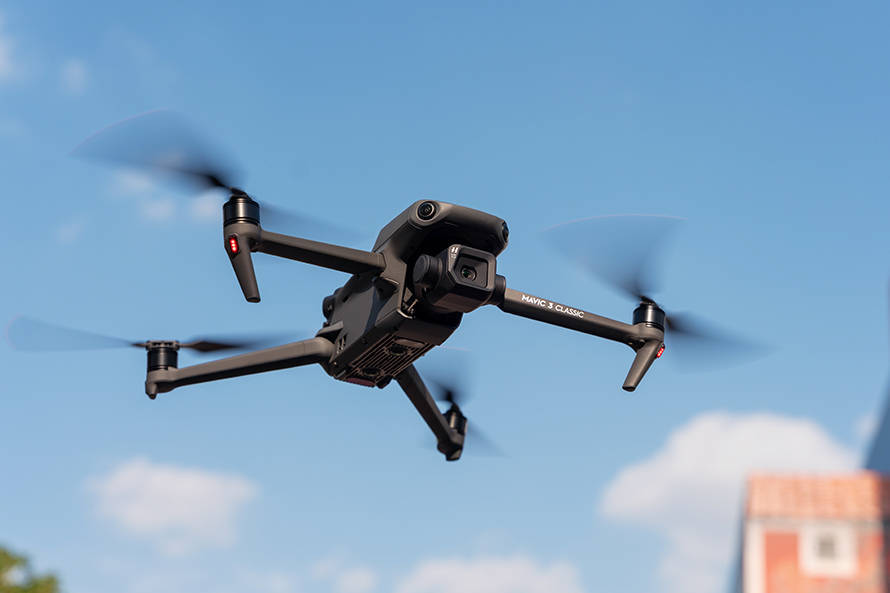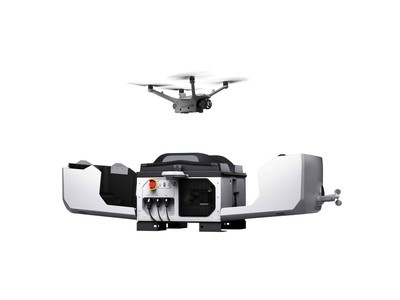In recent years, drones with thermal camera technology have revolutionized various industries by offering unique advantages over traditional methods of data collection and surveillance. Whether you’re involved in agriculture, security, or wildlife observation, integrating drones with thermal cameras into your operations can significantly enhance efficiency and accuracy.
Applications of Thermal Imaging Drones
Thermal imaging drones are particularly useful in the agricultural sector. They help farmers monitor crop health by detecting temperature variations that may indicate issues such as disease or water stress. These drones can cover vast areas quickly, providing valuable data that can lead to better decision-making and improved yields.
In the realm of security, drones equipped with thermal cameras offer a powerful tool for night surveillance and search operations. Their ability to detect heat signatures in complete darkness makes them ideal for locating intruders or individuals in need of rescue.
Wildlife conservationists also benefit from these drones, using them to track animals and monitor their environments without disturbing natural habitats. The thermal aspect allows for tracking and studying nocturnal species, offering insights that standard cameras cannot provide.
Key Features of Thermal Camera Drones
- Heat Detection: Thermal drones use infrared sensors that detect heat emitted by objects, enabling identification in low-light or obscured conditions.
- Data Collection: These drones can capture a variety of data types, including temperature readings and geographical information.
- Flexibility: They can be deployed in numerous environments, from urban settings to remote wilderness areas, providing versatility in operations.
- Efficiency: Drones can quickly cover large areas, reducing the time and manpower needed for monitoring and assessment.
- High Resolution: Some models offer high-definition thermal imaging, allowing for precise analysis and reporting.

Enhancing Operations with Thermal Drones
Utilizing drones with thermal cameras can enhance operational capacity across various fields. Professionals in construction can pinpoint areas losing heat energy, aiding in energy efficiency and cost reduction.
Disaster management teams use these drones to locate survivors in scenarios where visibility is compromised, such as smoke-filled environments or night conditions. Infrastructure specialists appreciate drones for their ability to assess the condition of pipes and electrical components without direct contact.
Considerations and Choosing the Right Drone
When selecting a thermal camera drone, it is crucial to consider factors such as battery life, camera resolution, and ease of use. It’s invaluable to match the drone’s capabilities with specific requirements of your industry to ensure optimal results. Moreover, cost and regulatory compliance are essential points to deliberate.
Investing in drones equipped with thermal cameras represents a strategic decision that can yield considerable benefits, including improved safety, enhanced data collection, and cost savings.
FAQs on Drones with Thermal Cameras

Q: What industries benefit the most from thermal camera drones?
A: Industries such as agriculture, security, wildlife conservation, infrastructure inspection, and disaster management benefit significantly from these drones.
Q: Can thermal drones be used during the day?
A: Yes, they are effective both during the day and night, providing valuable thermal data irrespective of lighting conditions.
Q: Are thermal drones difficult to operate?
A: While some models may require training, many drones are designed to be user-friendly and come with customizable controls to suit various skill levels.